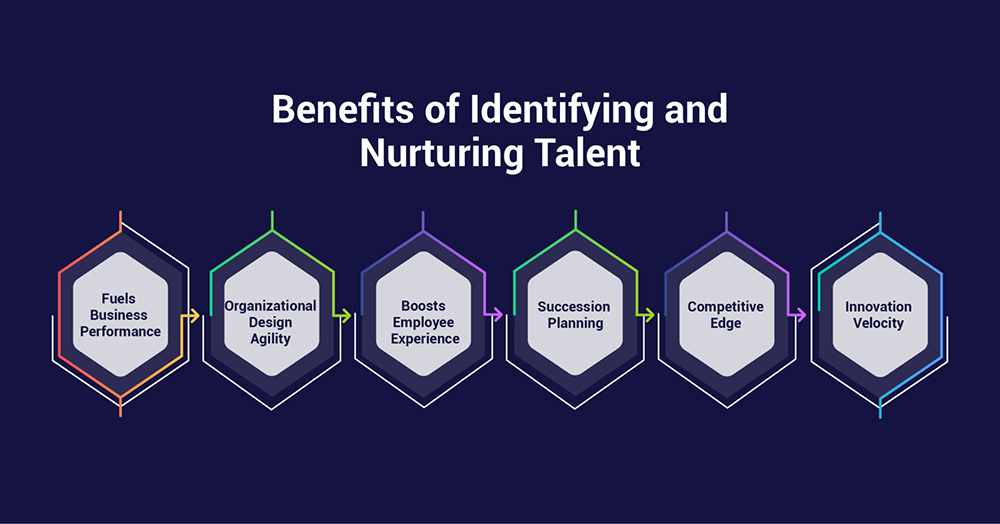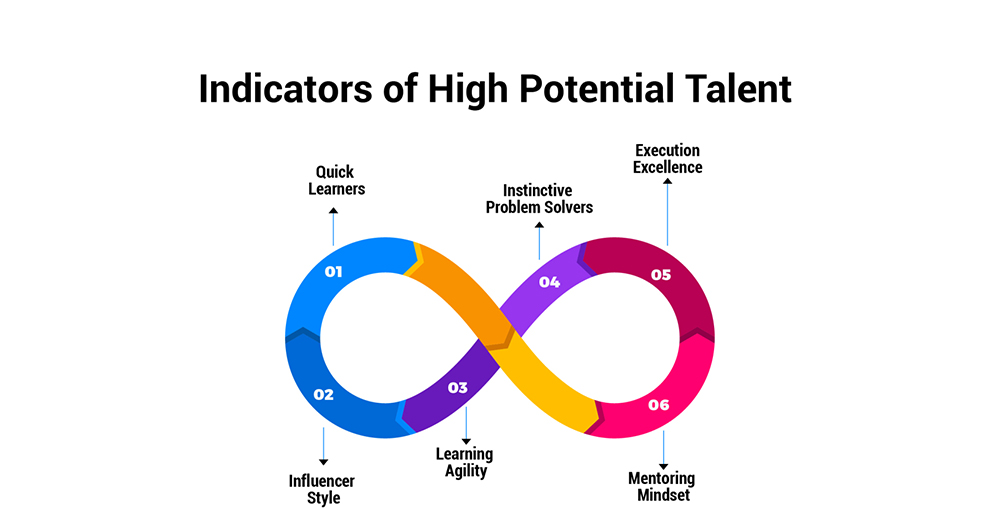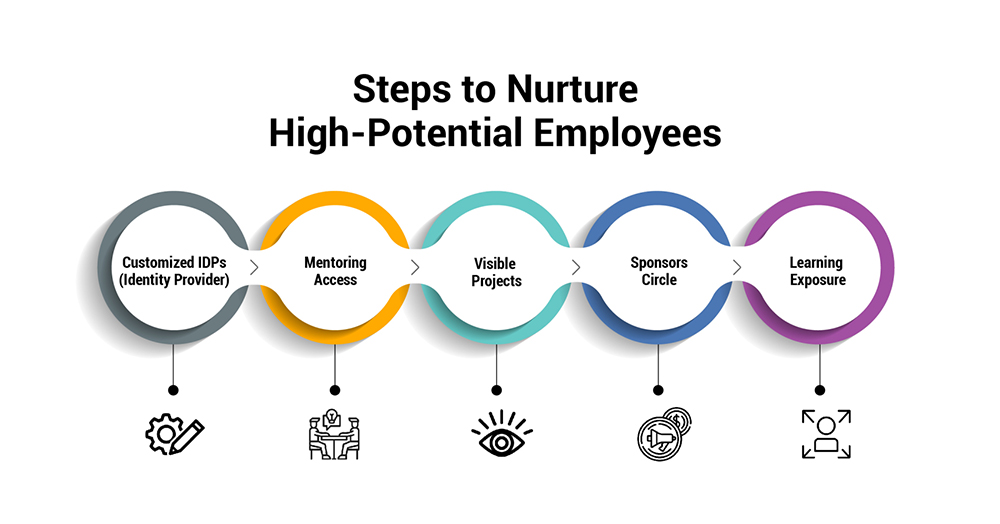
Talent powers performance. An organization's ability to achieve sustained success lies in how well it manages its human capital by identifying, nurturing, and retaining top talent within its workforce.
But what constitutes talent? What are some strategies organizations can employ to harness the potential of talent to drive growth? This comprehensive article offers insights.
Talent refers to the innate skills, abilities, and potential that individuals possess to excel at particular functions. While skills can be developed through training, talent denotes the natural aptitude that equips people to grasp concepts quickly and perform better than others.
For example, exceptional creative thinking ability can be considered a talent. Similarly, a flair for numbers is a talent that makes one adept at accounting roles. Talent facilitates faster acquisition of competencies.
However, talent needs to be discovered and nurtured. An eye for identifying high-potential talent and providing opportunities to grow is crucial for organizations seeking to gain strategic advantage.
Top talent refers to high-performing employees who display exceptional skill levels and leadership traits that enable them to consistently deliver elevated results.
Some defining attributes of top talent within an organization include:
By providing a competitive edge to business functions, top talent serves as a key asset driving organizational advancement. Hence devising mechanisms to accurately identify and develop such high potentials from within talent pipelines is critical.
Identifying and nurturing talent, especially leadership talent, holds multifaceted benefits:

How can leadership talent be spotted within teams? While skill mastery is easier to evaluate, some early indicators that signal high leadership potential include:

While high output Employees demonstrate some of these, true leadership potential combines consistent performance with growing capabilities of colleagues and collectively driving business objectives.
Implementing an integrated framework to systematically identify, evaluate, and validate leadership talent ensures the continuity of outcome-focused talent pipelines.
Merely identifying talent is not sufficient. Organizations need structured mechanisms to facilitate their systematic growth into leadership roles of increasing responsibility.
Some steps include:

This propels their growth trajectory over time to undertake increased responsibilities.
To derive optimal returns on talent investments, structured segmentation of high-potential resources into distinct categorizations allows customized development pathways.
Three main talent pools include:
Such tiered talent structuring allows optimal development pathways that suit capability levels and calibrated career velocity pacing that is aligned with organizational priorities as well as employee aspirations.
While structured nurturance of handpicked talent holds benefits, executing it effectively has potential downsides that managers need to mitigate:
Risk mitigation: Transparent communication on nomination parameters, making IDP open access post nominations, and non-guaranteed promotion pathways prevent entitlement culture.
Risk mitigation: Multi-source annual talent reviews, limited fast-track acceleration tenures prevents FOMO. Leadership readiness checks moderate speeds, avoiding individual burnout.
Risk mitigation: Cross-department mentors, external market assignments, and overseas projects infuse fresh perspectives. Avoid creating captive teams in isolation.
Risk mitigation: Continuous community giving projects, hackathons to solve real problems using skills make talent retain connection with realities beyond workspace.
Thus, robust succession planning frameworks must vigilantly moderate programs preventing exclusivity and myopia - ensuring talent nurturance translates to collective organizational success.
The litmus indicators that talent identification and nurturance mechanisms are paying dividends include:
Thus, by ensuring high-potential employees flower into top talent, driving results, the ripple effects of a robust talent focus transform an organization's stature and sustainability. It compounds strengths across its human, relational, and business assets.
In an increasingly complex business landscape driven by uncertainty, automation, and constant flux, what remains most enduring is human ingenuity, potential, and capability building. Hence, leaders need to continually nurture talent and expand avenues for human potential to find expressions that are aligned with evolving challenges.
With machines replacing process-oriented jobs, unique human skills like creativity, empathy, persuasion, and design thinking become more valuable. And organizations most able to harness them within productive frameworks will master market landscapes. The seeds of such mastery lie in how well talent gets noticed, nurtured, and empowered early on.
By adopting mechanisms to accurately evaluate employee potential, providing platforms aligned to strengths and developing volume as well as velocity through high potential programs, organizations compound their capability assets.
High-potential employees die out without exposure. Accelerated performers burn out due to myopic planning. Such realities underscore why structuring mechanisms to evaluate, nurture, empower, and moderate talent trajectories is invaluable.
In summary, talent serves as a renewable source of sustained competitive edge for every organization. But only when its potential gets identified actively among next generation leaders and teams early on, nurtured meaningfully through investments like training, exposure and mentorship. And empowered sagely with space for balanced growth occupying leadership positions that maximize their aligned talents.
By institutionalizing talent-focused frameworks guided by visionary leadership, organizations compound the might of their human capital to stay ahead of emerging industry needs persistently.

CredBadge™ is a proprietary, secure, digital badging platform that provides for seamless authentication and verification of credentials across digital media worldwide.
CredBadge™ powered credentials ensure that professionals can showcase and verify their qualifications and credentials across all digital platforms, and at any time, across the planet.

Please enter the License Number/Unique Credential Code of the certificant. Results will be displayed if the person holds an active credential from TMI.